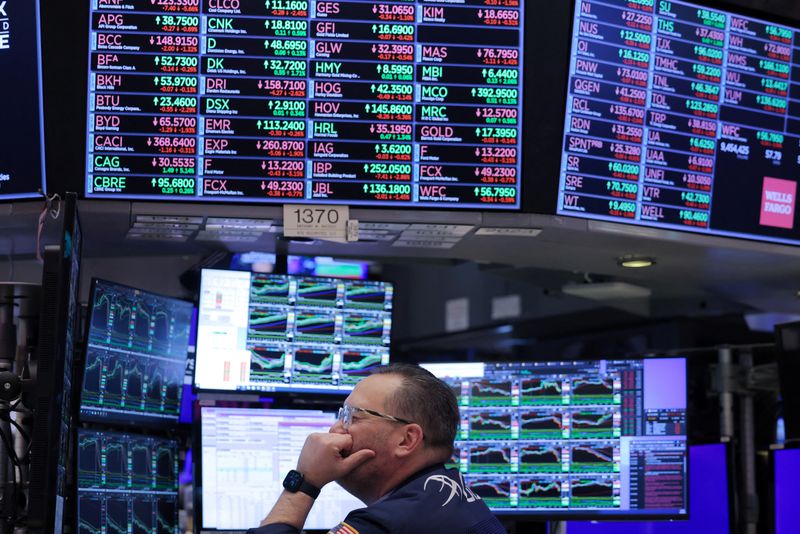Asahi shares mark weekly slide after cyberattack halts production
Investing.com -- Global equity exchange-traded funds (ETFs) drew record inflows of $152 billionover the past three weeks, according to Bank of America.
For the week ended October 1, equity ETFs absorbed $30.4 billion, while equity funds overall saw $26 billion of inflows, offset by $4.5 billion withdrawn from mutual funds.
Sector flows were led by Technology, which recorded $9.3 billion in weekly inflows, the biggest on record. Materials funds took in $5.9 billion, while Financials added $3.3 billion.
Bond funds attracted $19.9 billion over the week, but U.S. Treasuries suffered $7.5 billion of outflows, the sixth largest ever.
Investors also put $3.7 billion into emerging-market debt, $15.2 billion into investment-grade bonds, and $2 billion into high yield.
Other notable flows included $20.8 billion into cash, $5.9 billion into gold, and $2.9 billion into cryptocurrencies.
Against this backdrop, BofA strategists led by Michael Hartnett remain positioned for lower Treasury yields. “We are long zero-coupon bonds,” they wrote, arguing that Fed rate cuts and U.S. Treasury financing needs will pressure yields down.
At the same time, they pointed to cracks in areas such as oil, homebuilders, and chemicals as signs of strain in the economy.
On equities, the strategists said they are long resources and U.K. stocks to play the AI bubble.
“Bubbles = booms = best played via barbell of bubble (AI) and cheap cyclical assets,” they said, highlighting that “price action, valuation, concentration, speculation all [appear] frothy.”
Lead indicators of inflation are turning higher, Hartnett added, but pointed out that “every bubble in history popped by central bank tightening, and no central bank in the world has hiked rates in past 2 months.”
Hartnett’s team also favors Chinese banks as a “catch-up trade,” noting that rising Chinese bond yields are reversing a long secular decline.
They compared the move to past rallies in Japanese and European banks, which surged as yields turned higher.
